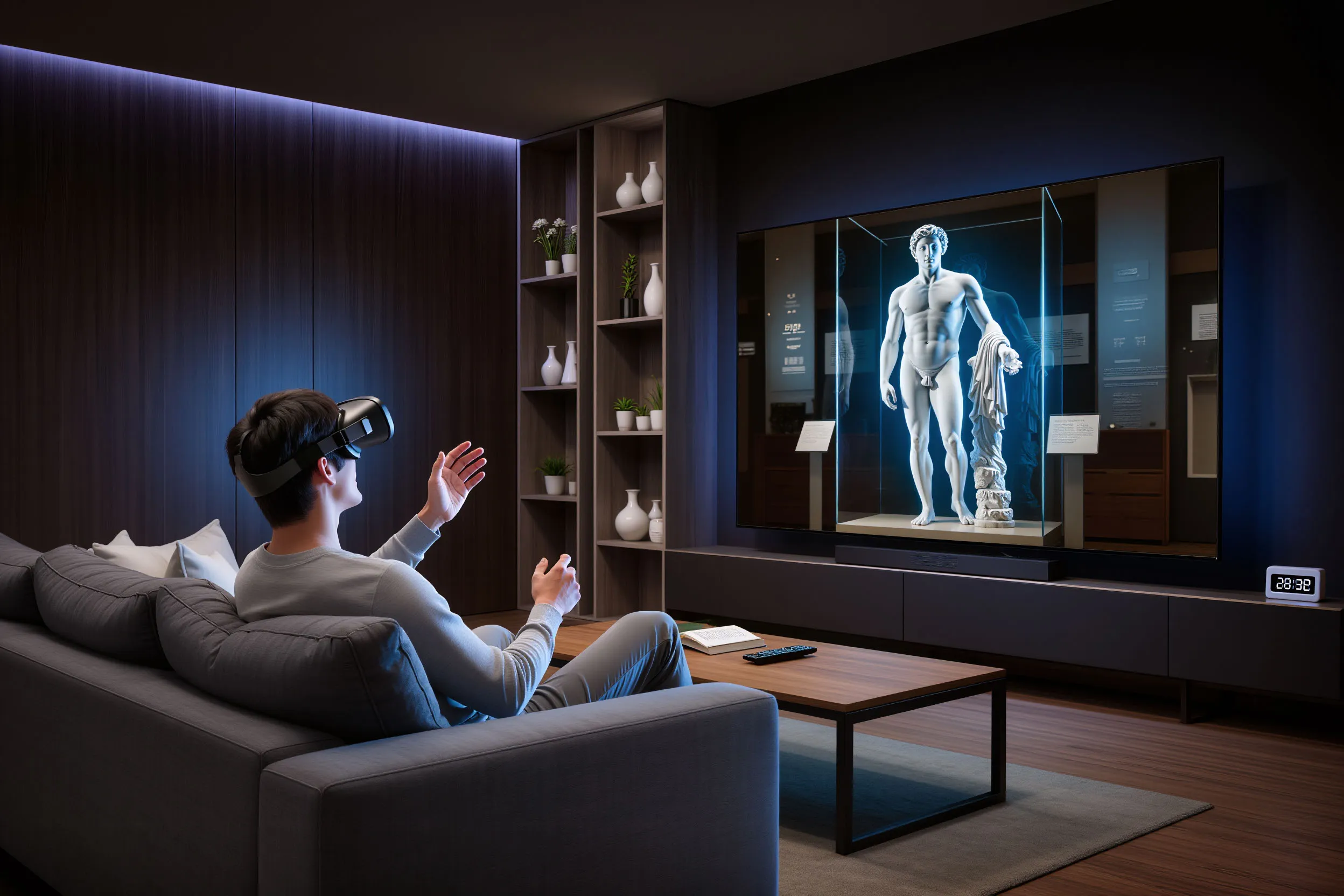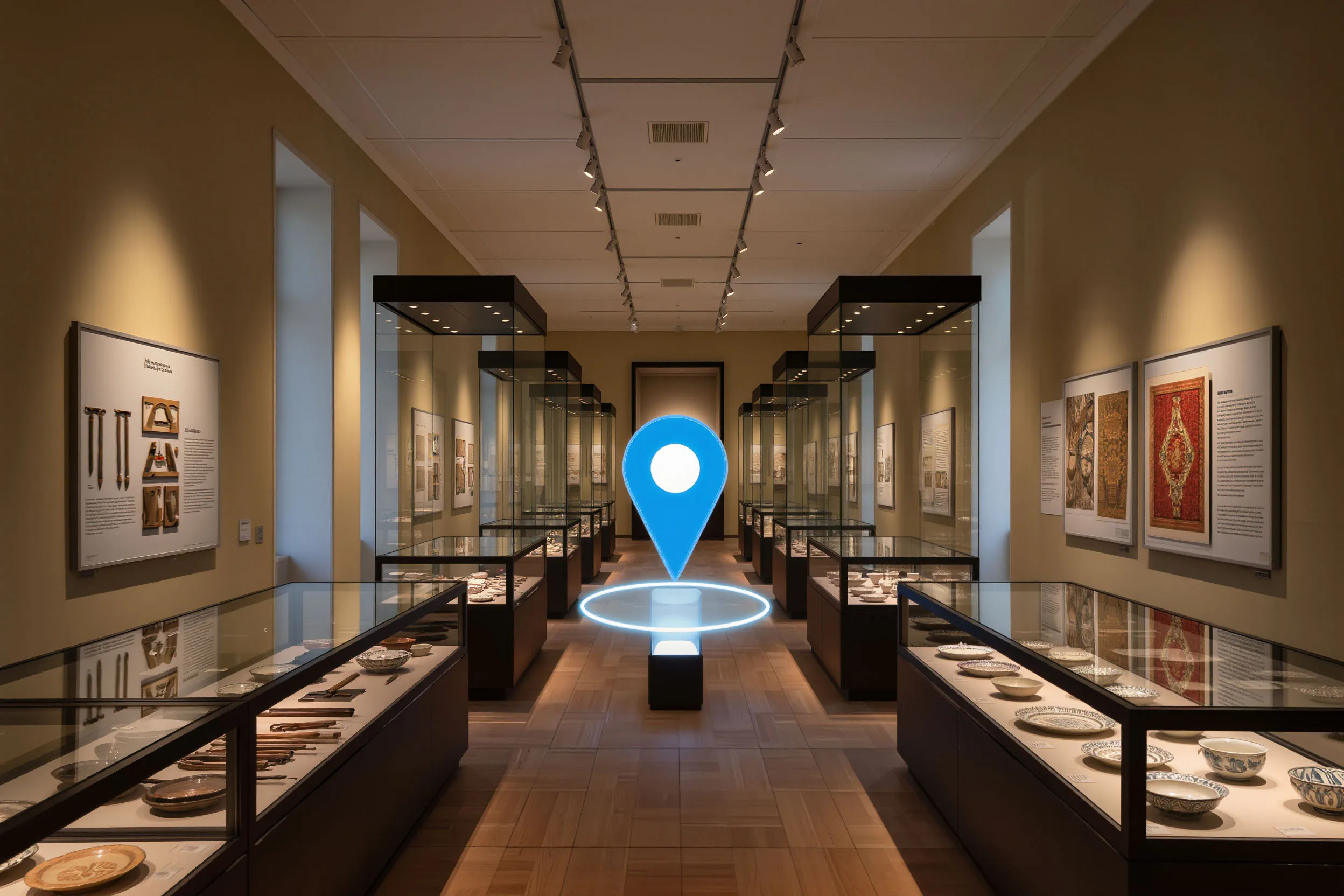Gems of Russia: Small-Town Museums Bring Rare Collections Online
Russian museums in small historic towns are embracing immersive 3D technology, offering visitors virtual access to rare artifacts long before they plan an actual trip. A recent example comes from the Kovrov Historical and Memorial Museum, which launched its own full-scale interactive tour.

A Digital Twin of a Historic City
Visitors can now explore the history of Kovrov online thanks to a fully interactive digital twin of the city’s Historical and Memorial Museum.
The project was created with the support of photographer Alexey Golubev, a specialist known for producing 3D tours for hotels, industrial sites, and cultural venues.

This digital initiative is especially important for tourism development in the Vladimir region, where the museum is one of the largest and most visited collections. The main exhibition is housed in the former Zemstvo Board building, erected in 1889, itself a valuable architectural landmark.
Kovrov dates back to the 12th century and holds not only unique architectural sites but also historical artifacts that attract both tourists and researchers. The museum’s website now offers full access to its collection, including detailed descriptions of each item. The digital tour allows anyone to explore the exhibition rooms from home, providing a new level of accessibility.
Digitizing Cultural Heritage
Russia’s cultural sector has rapidly adopted digital technologies, and the Kovrov project illustrates how even smaller regional museums are keeping pace with major institutions.
Many large museums already offer a wide range of online exhibitions and thematic virtual tours, but the rise of 3D tours in small towns signals a broader digital shift. A similar example comes from Ryazan, where the Museum of the Ryazan Lollipop launched a full 3D tour back in 2022.

These technologies improve access to cultural heritage and support digital education. Virtual visits allow families to explore regional history from anywhere, and they are particularly valuable for visitors with limited mobility. Digital platforms remove physical barriers and make exhibits available to all.
Hybrid Formats and Cultural Diplomacy
Digitizing museum collections strengthens the cultural infrastructure of the Vladimir region, positioning it as one of Russia’s most digitally advanced cultural territories. Experts note that such projects increase tourist interest and even support cultural diplomacy, helping international audiences engage with the region’s heritage.

The launch of the interactive 3D tour in Kovrov marks an important step toward broader digital adoption in regional museums. Today, competitiveness is measured not only by the presence of online exhibitions but also by the quality of digital products—mobile apps, multilingual audio guides, and thematic educational tours.










































